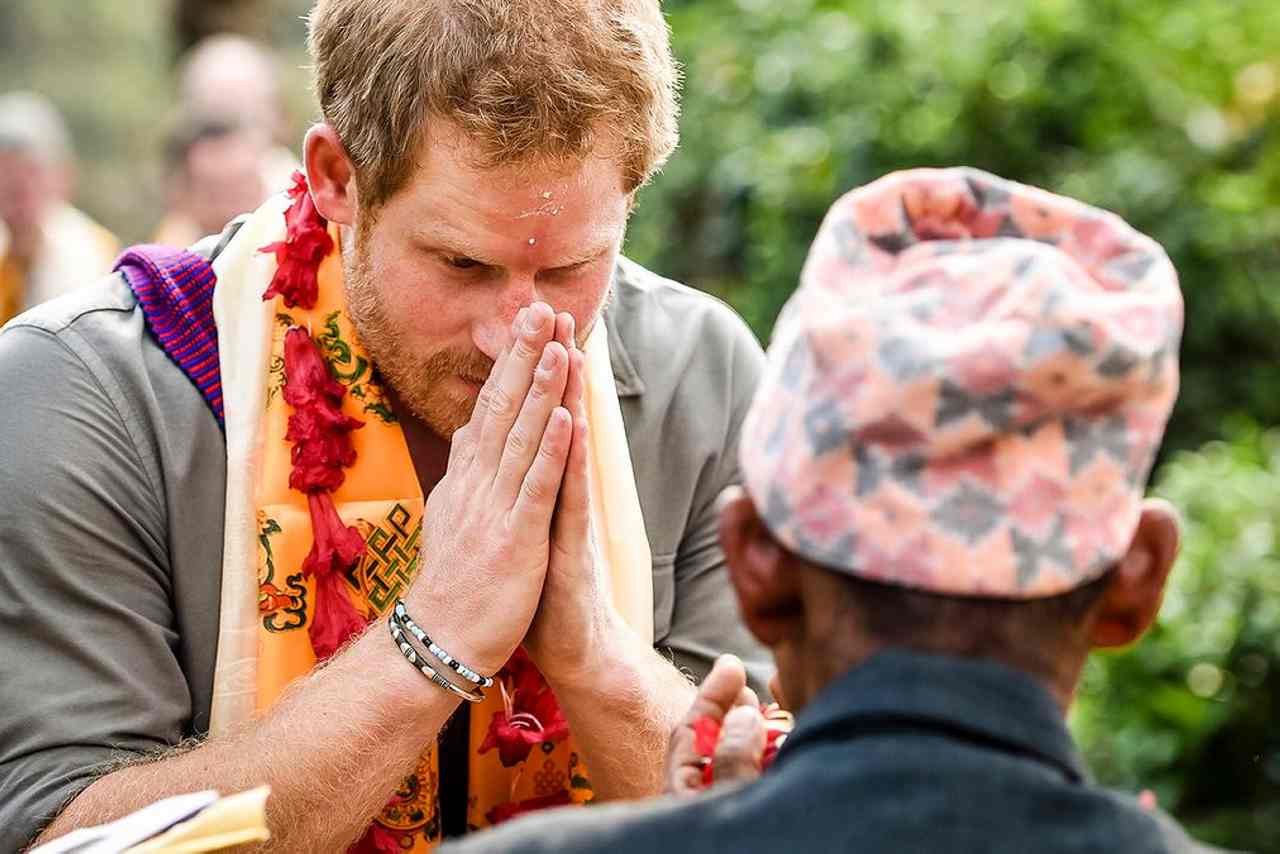Lengthy earlier than I dove into my 200-hour yoga trainer coaching, I turned well-acquainted with the time period "namaste." Except for listening to it on the shut of most yoga lessons, I noticed it sprinkled into wellness product advertising campaigns, co-opted on graphic tees and remodeled right into a pun on manner too many vacation playing cards ("nama-sleigh — get it??").
Though namaste appeared to be in all places, I spotted that when it got here time for college kids to reply to their trainer’s namaste on the finish of studio periods, many yogis garbled the phrase, or mentioned it beneath their breath, or did not say it in any respect.
The hesitation to embrace namaste would possibly stem from the truth that the phrase’s true that means has typically been missed or fully erased within the trendy Western world. It is completely OK to skip utilizing the time period when you really feel an uncomfortable sense of appropriation in your utilization, however studying the foundation and that means would possibly assist enrich your understanding of its significance on the mat and past.
Namaste is a Sanskrit phrase that has non secular and secular meanings tied to each Hinduism and yoga. People often pronounce the time period "NAH-muh-stay," (though those that’ve used the phrase all their lives could pronounce it "num-us-teh"). The time period is usually accompanied by a head nod with palms pressed on the coronary heart in prayer (often called anjali mudra). That bodily gesture is tied to the time period’s root that means — the Sanskrit that means is loosely translated to "bowing to you" or "I bow to you." The phrase itself is a phrase, comprising the phrases "namah," that means "bow, adoration, or obeisance," and the pronoun "te," that means "to you."
Whilst you could be most aware of the phrase as a typical closing assertion in a yoga context, "namaste" (and its variations "namaskar," "namaskaara" and "namaskaram") is definitely a greeting that may be interpreted as a manner of expressing, "I honor the Spirit in you which ones can also be in me." At its core, the phrase is supposed to indicate equality and respect. A couple of different interpretations of its that means embody "my vitality salutes the vitality mendacity inside you," "I acknowledge the facility of divinity that dwells in your coronary heart," and "I welcome the place the place you and I meet."
The Chopra Middle sums up the non secular connection to the connotations of "namaste" with this quote from Christopher Wallis, a scholar of Tantra, a department of Indian non secular research: "When you turn into conscious of the true nature of actuality, all the pieces you do turns into an act of reverence. Merely residing your strange day by day life with full consciousness turns into a whole apply of meditation, an ideal type of worship, an providing to all beings and to Being itself."
The trendy tackle namaste varies, relying on whom you ask. Your odds of listening to it uttered as a form of non secular nod in a U.S. yoga studio are respectable, however you may not hear it in any respect amongst yogis in India. However whether or not you select to make use of the time period, it is most likely not a foul thought to abide by the rules it is come to characterize to many. As Subhamoy Das, co-author of "Utilized Hinduism: Historical Knowledge for Right this moment’s World," wrote, "after we greet each other with namaste, it means, ‘could our minds meet.’ The bowing down of the pinnacle is a gracious type of extending friendship in love, respect and humility."
Now That is Fascinating
The phrase "yoga" is customized from the Sanskrit phrase "yuj," which implies "to yoke or bind." In that context, yoga is usually interpreted as a apply of "unifying."







